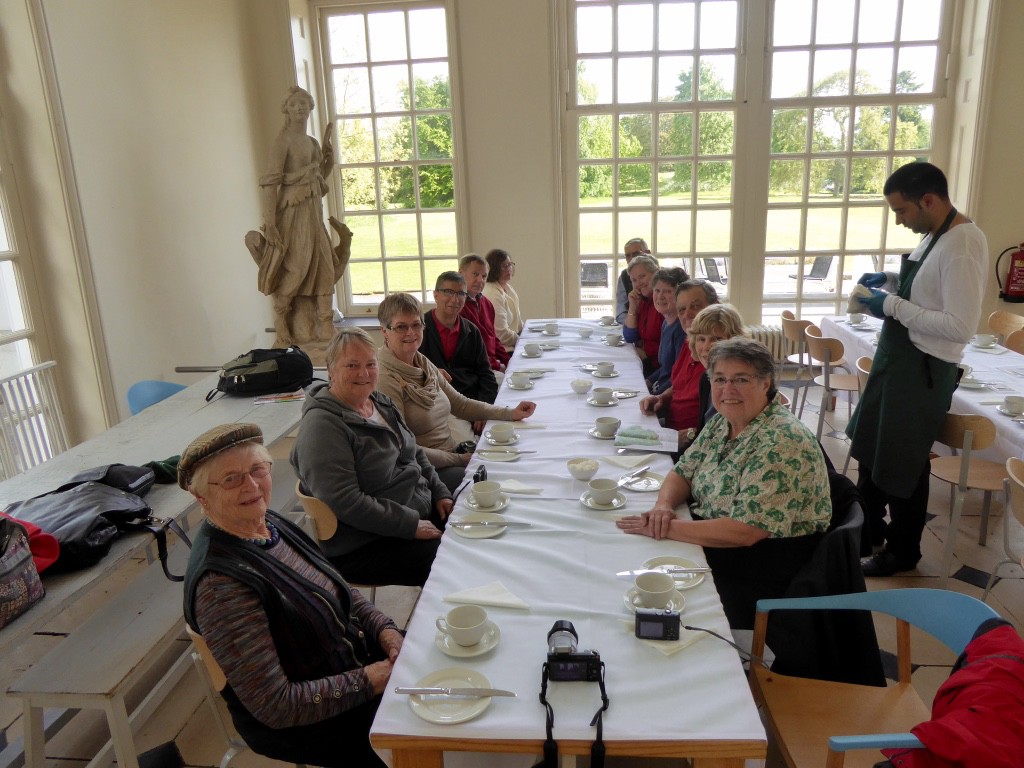The following day saw us at Stow-on-the-Wold, which is a delightful market town and perhaps one of the best known of the small Costwold towns.
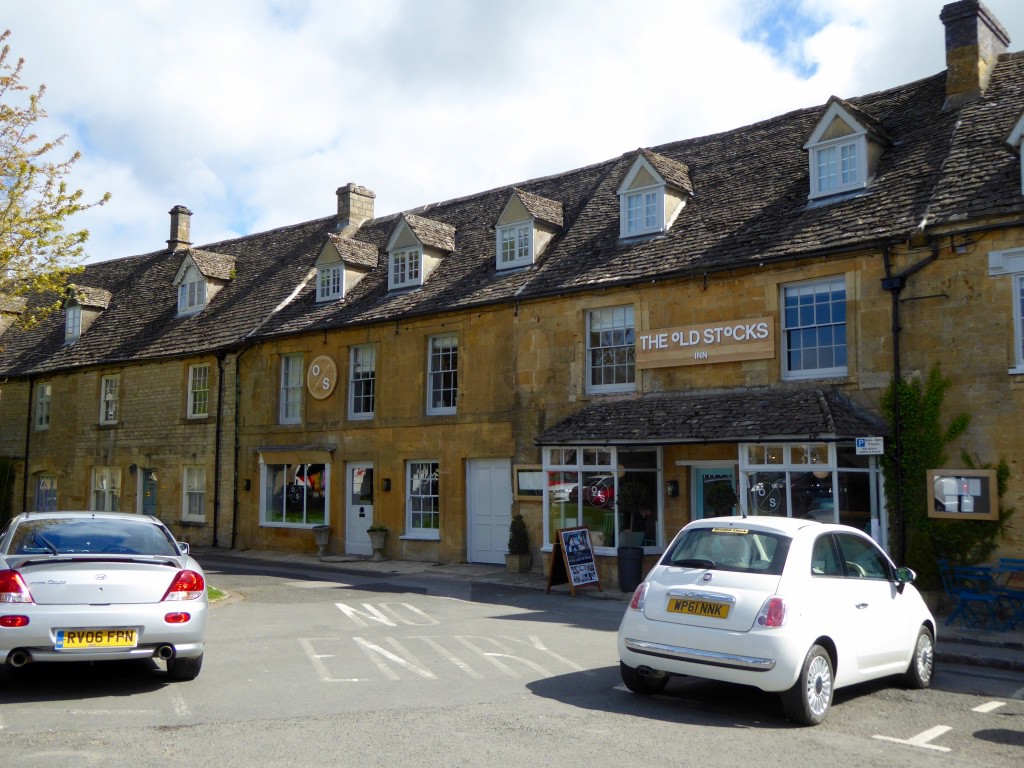
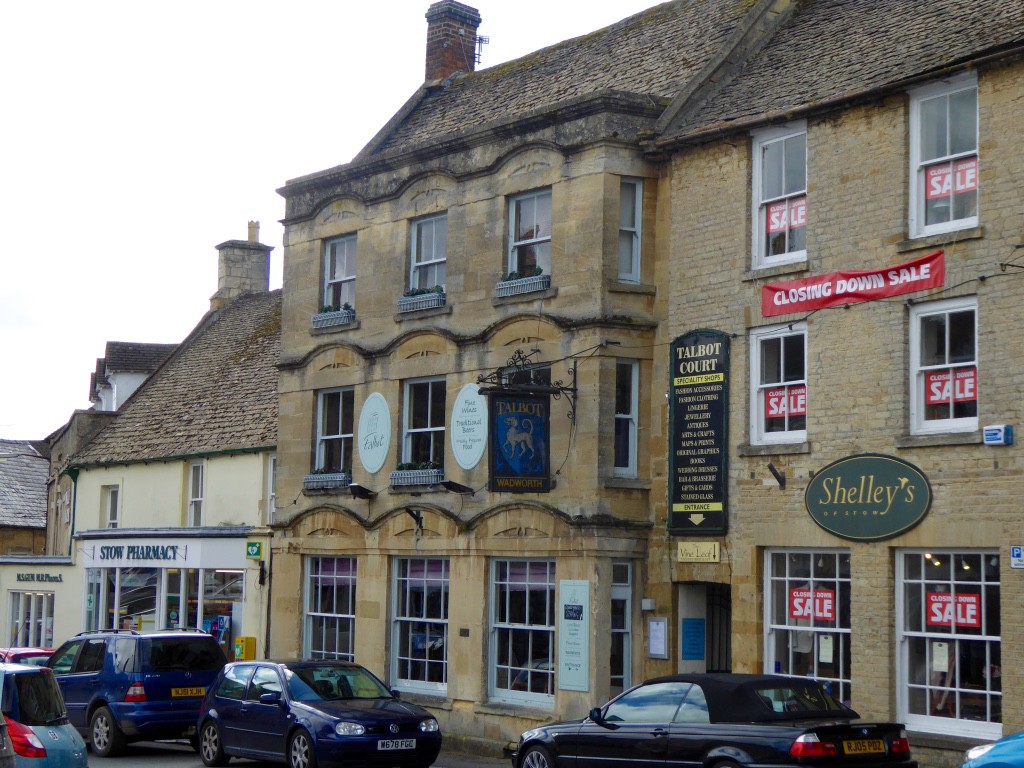
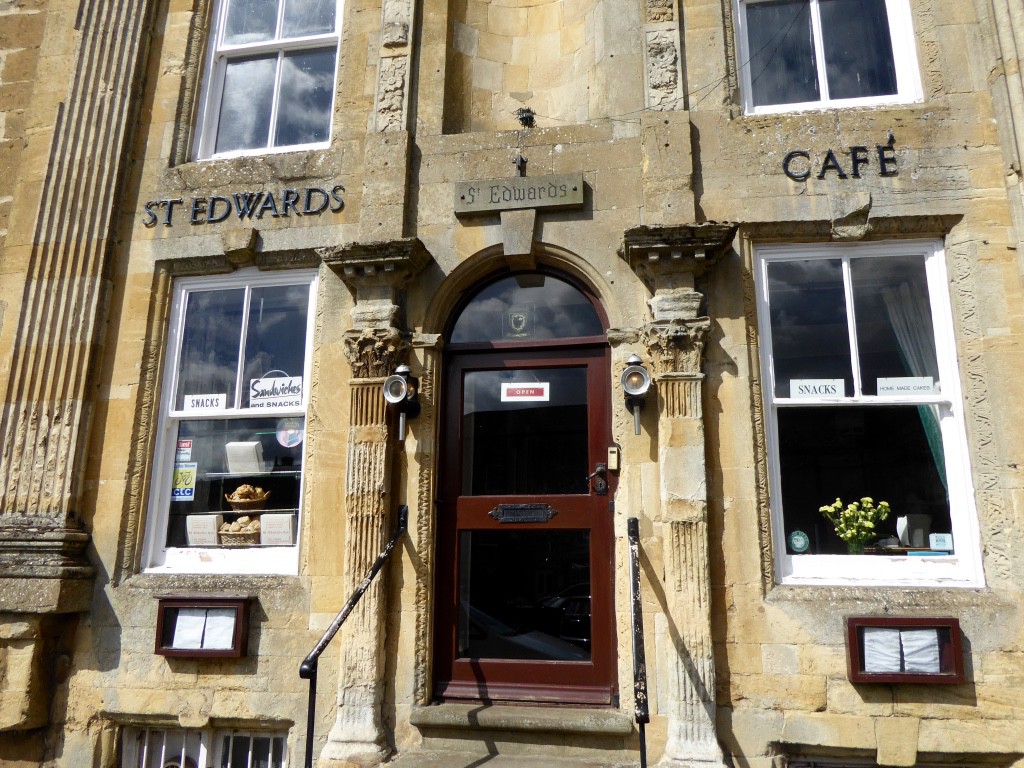
Stow-on-the-Wold is the highest of the Cotswold towns standing exposed on 800 feet high Stow Hill at a junction of seven major roads, including the Roman Fosse Way. At the height of the Cotswold wool industry the town was famous for its huge annual fairs where as many as 20,000 sheep were sold at one time.
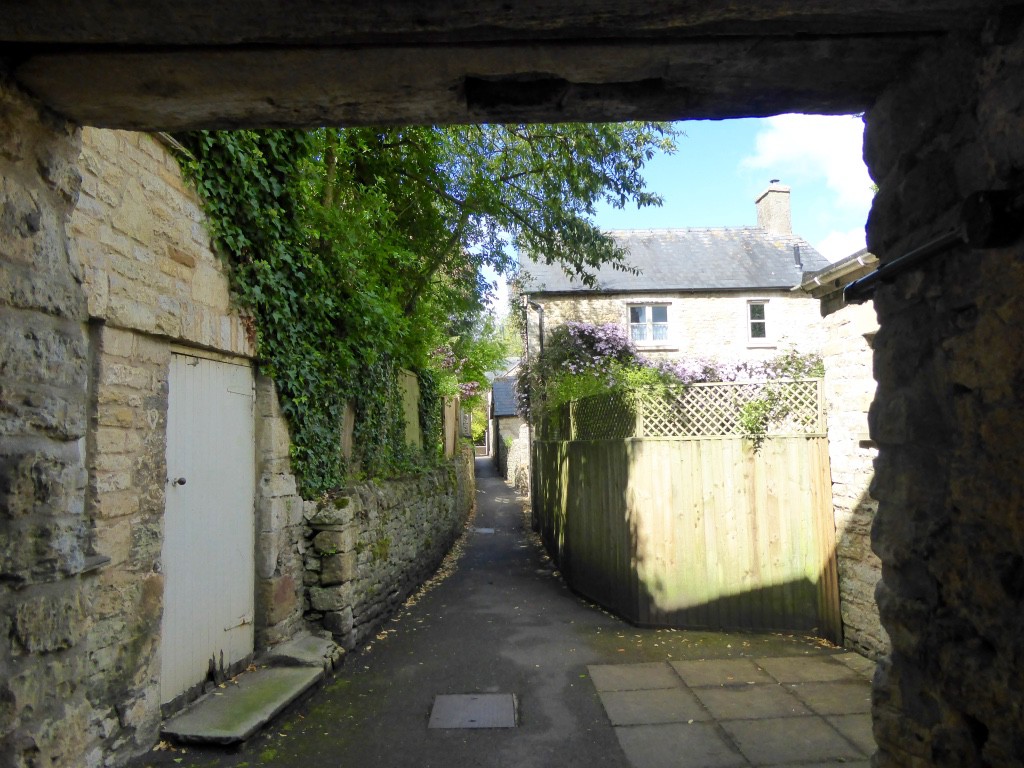
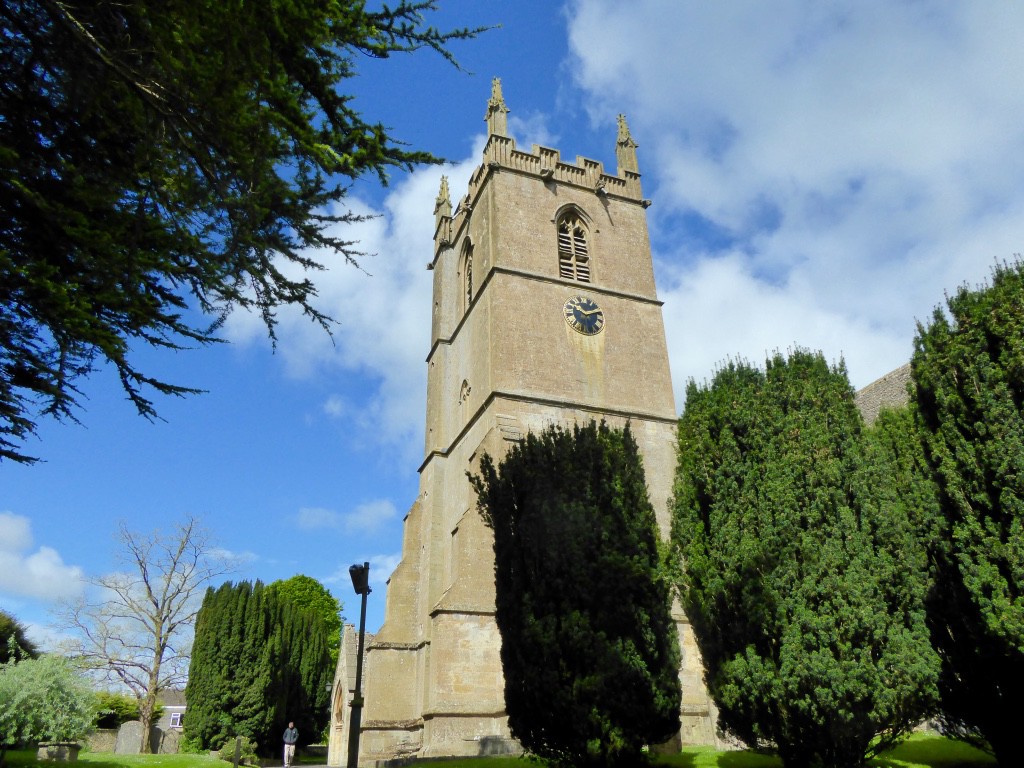
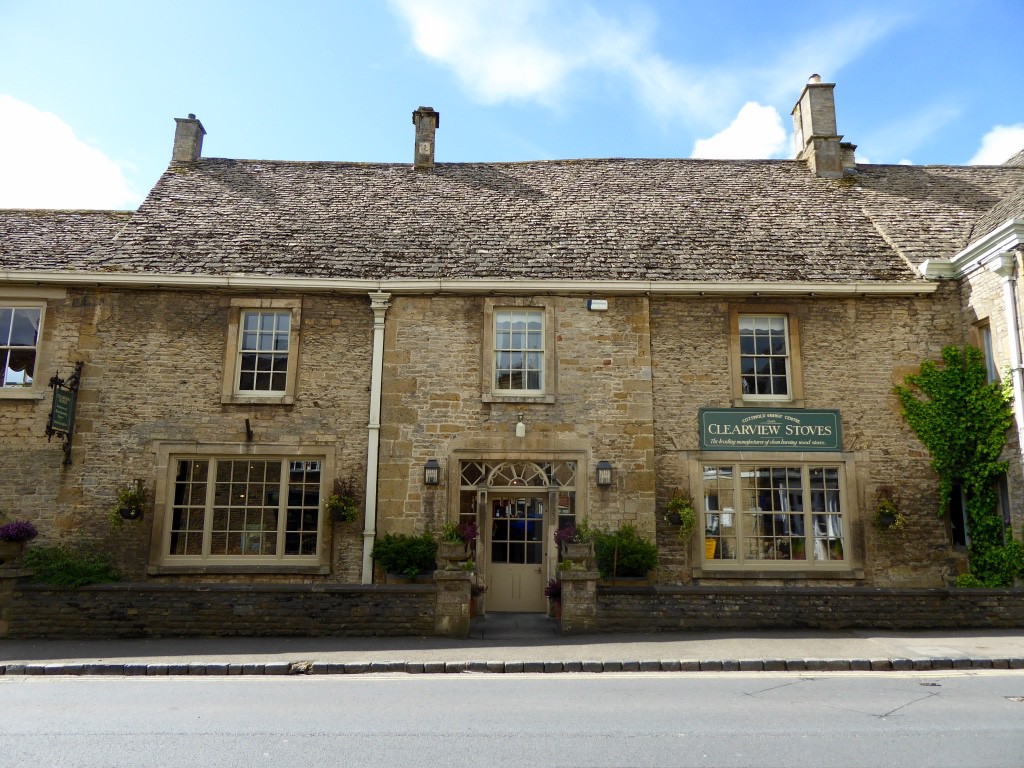
An ancient rhyme reads:-
“Stowe-on-the-Wold, Where the wind blows cold.
Where horses young and old are sold,
Where farmers come to spend their gold.
Where men are fools and women are bold
……and many a wicked tale is told.
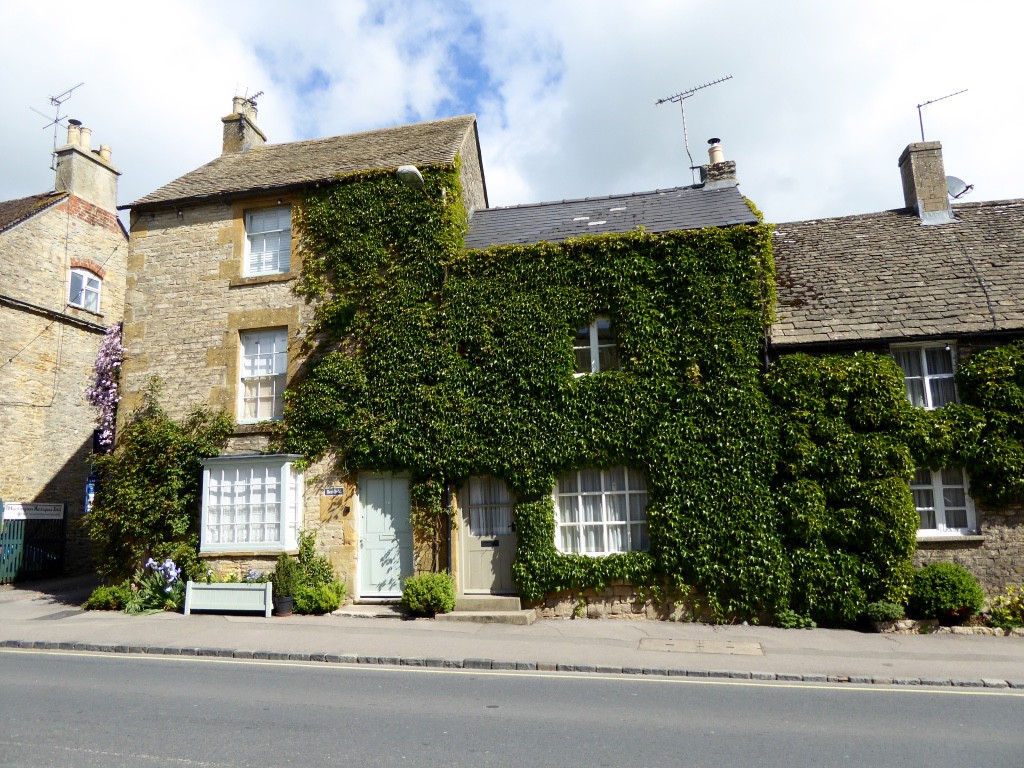

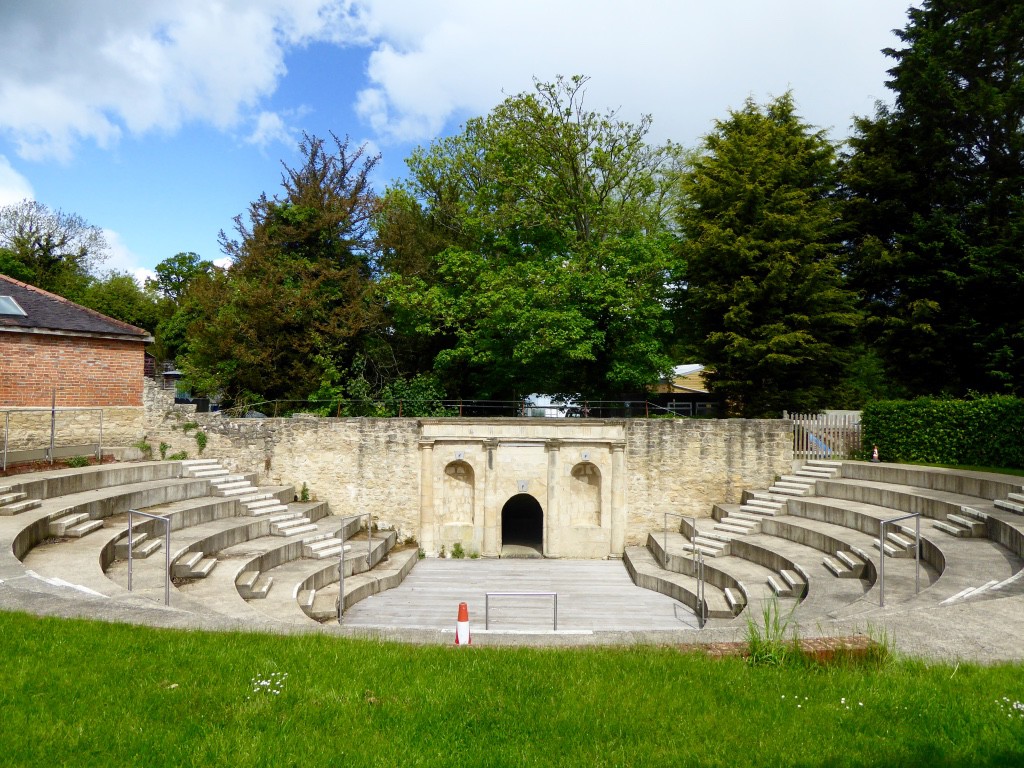
The vast Market Square testifies to the town’s former importance. At one end stands the ancient cross, and at the other, the town stocks, shaded between an old elm tree. Around the square the visitor is faced with an elegant array of townhouses and shops
From Stoke-on-the-Wold it was off to the final gardens of our tour – Waterperry Gardens and then on to Kew Gardens.
Waterperry Gardens were home to the renowned horticultural college between 1932 and 1971 and the emphasis was on food production rather than spectacular ornamental gardens.
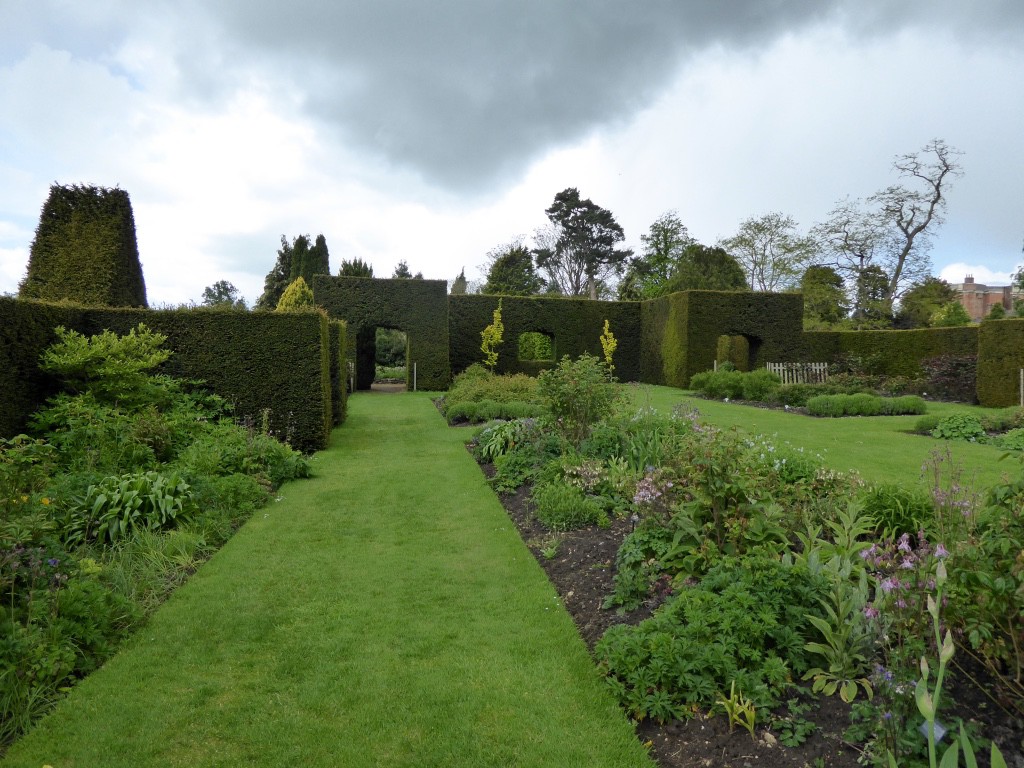
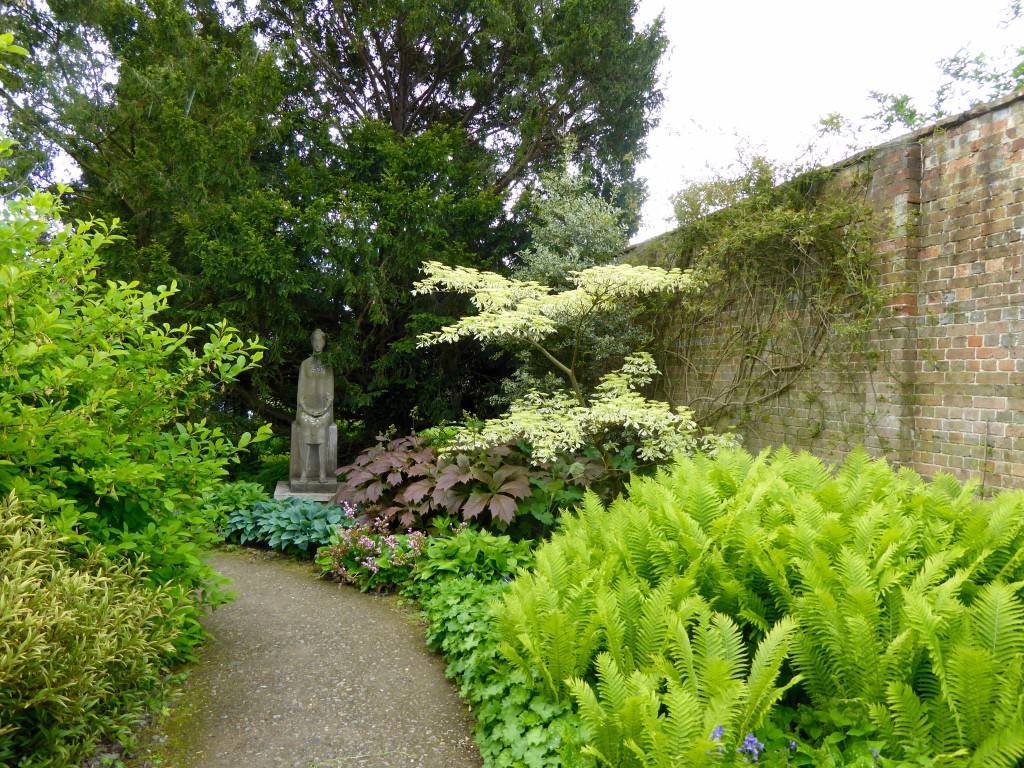
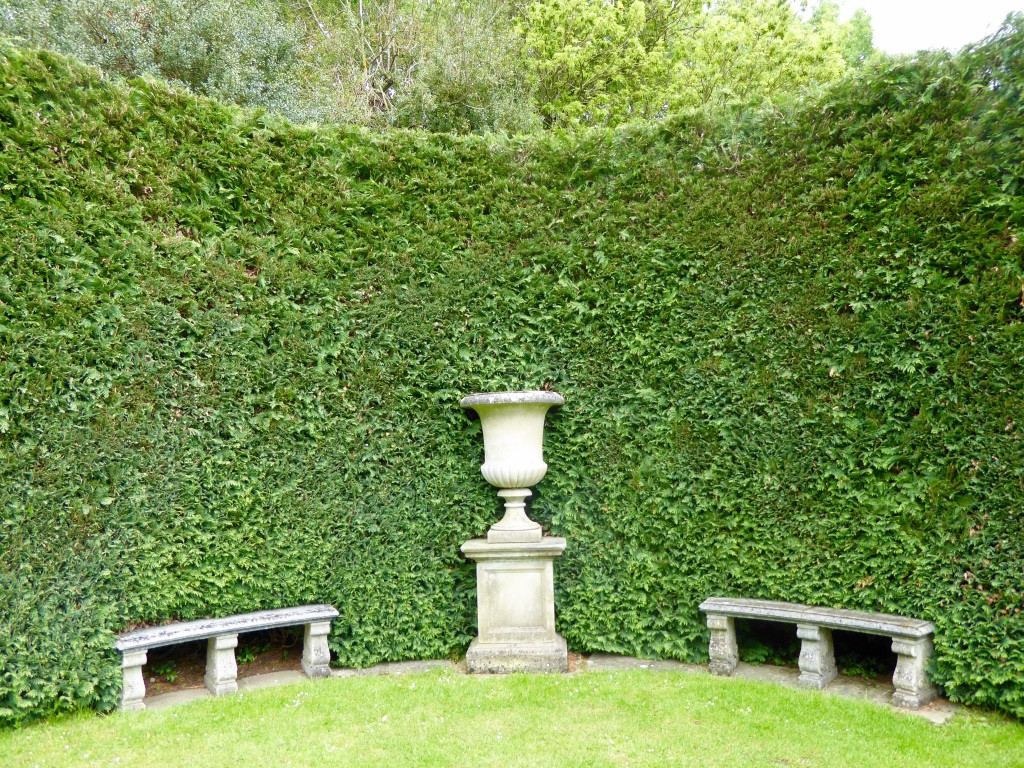
Over the past twenty years the gardens have developed and grown and many new projects have been undertaken and completed. You’ll now find a Formal Garden, the Mary Rose Garden, a Waterlily Canal and the Long Colour Border, and they recently planted a small arboretum in the meadow area beyond the canal.
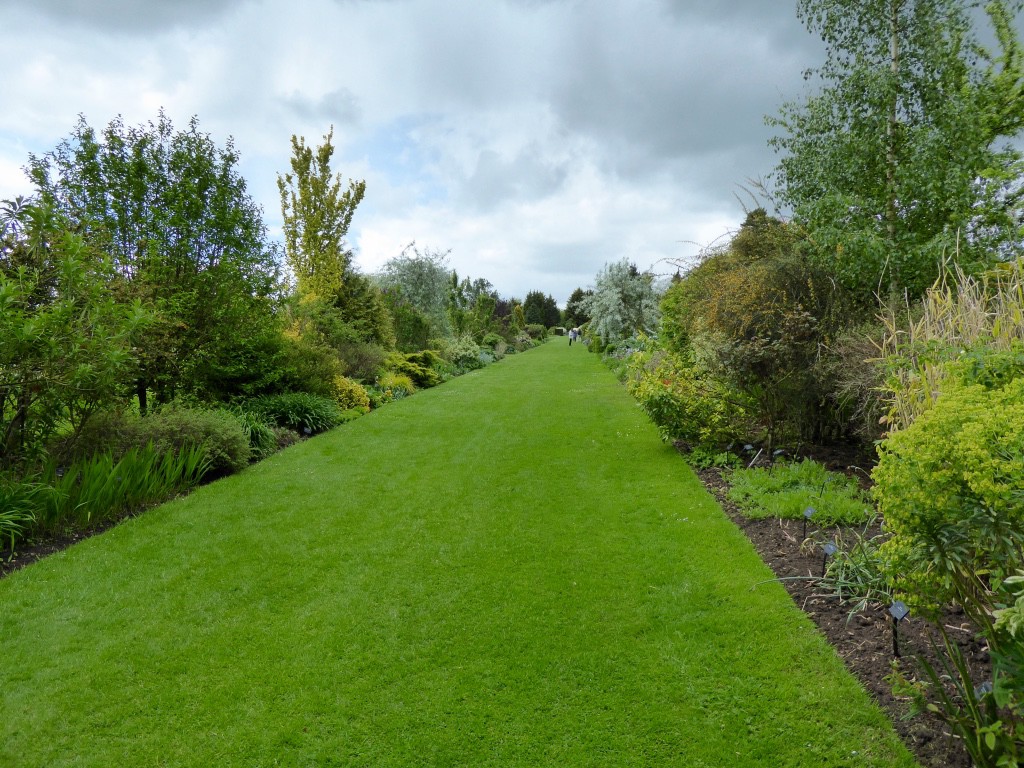

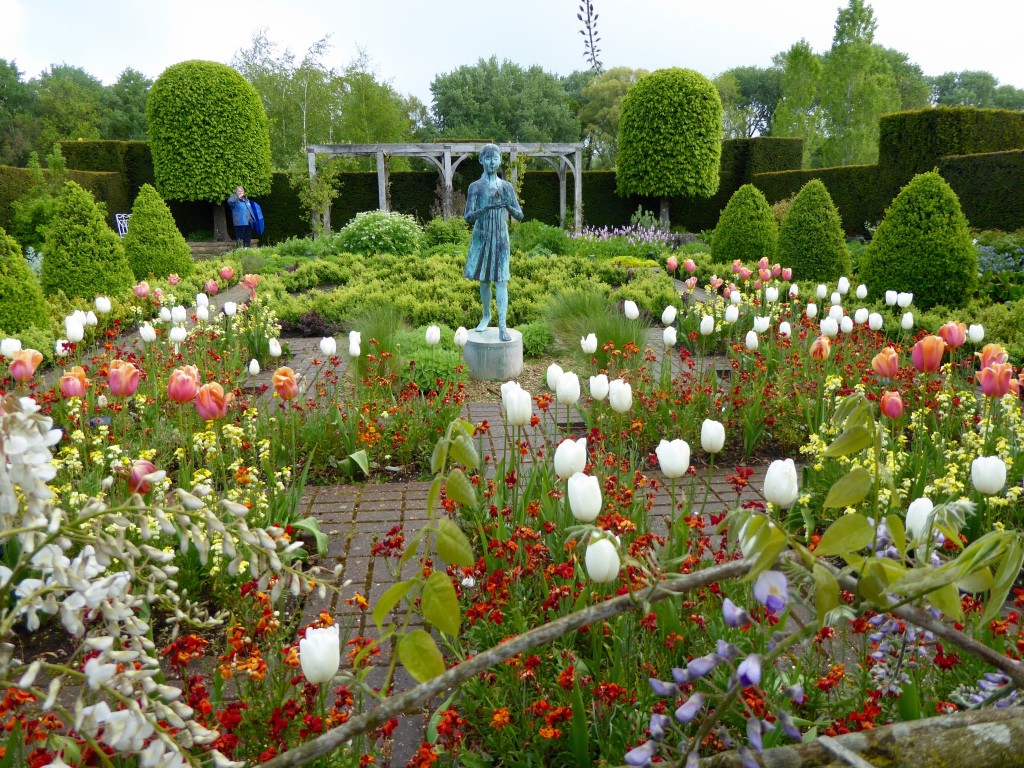
Waterperry is now a lovely place to visit, where you are surrounded by beautiful tree, shrubs and flowers, classical borders, modern planting, secret corners and long vistas.
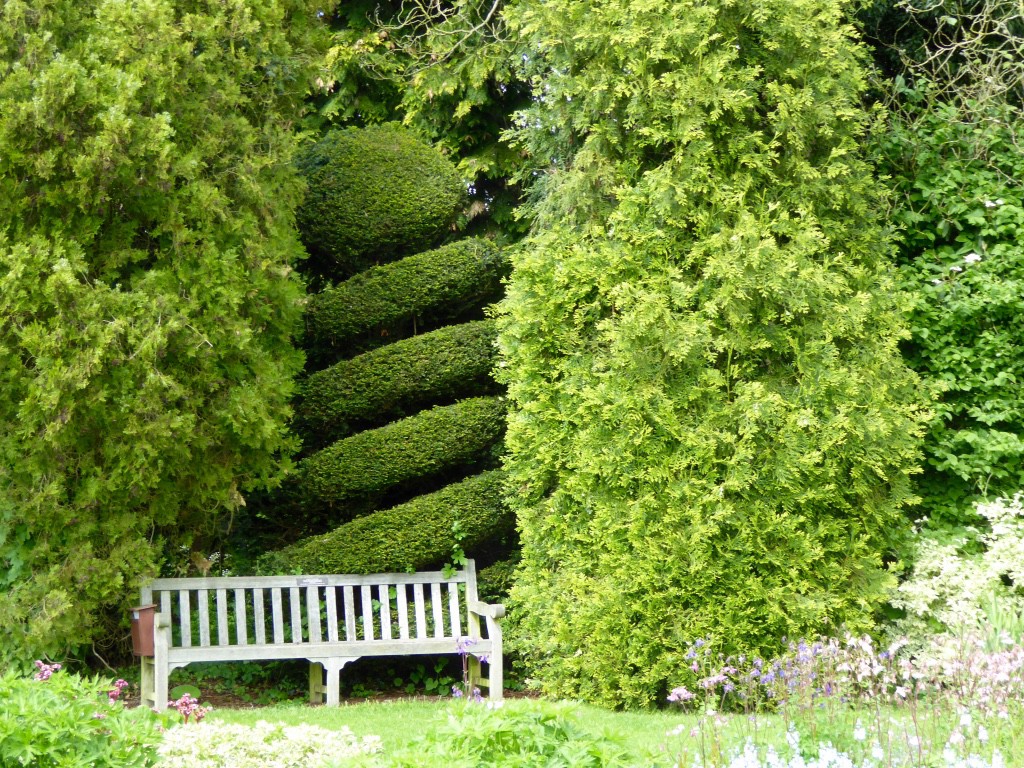
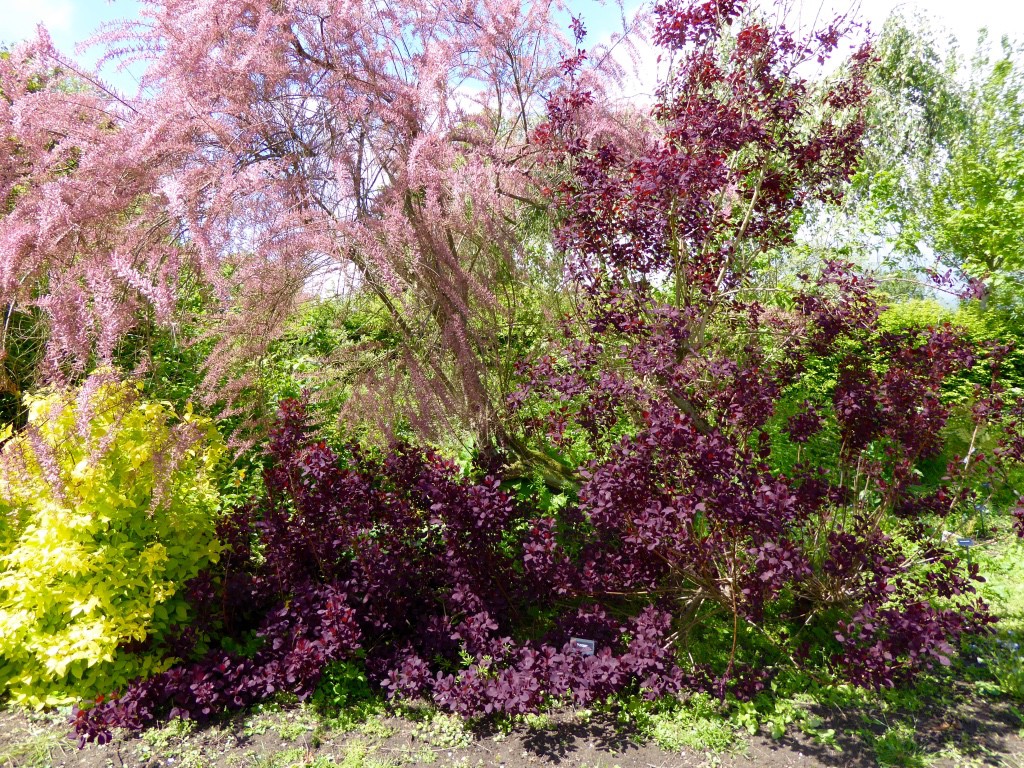
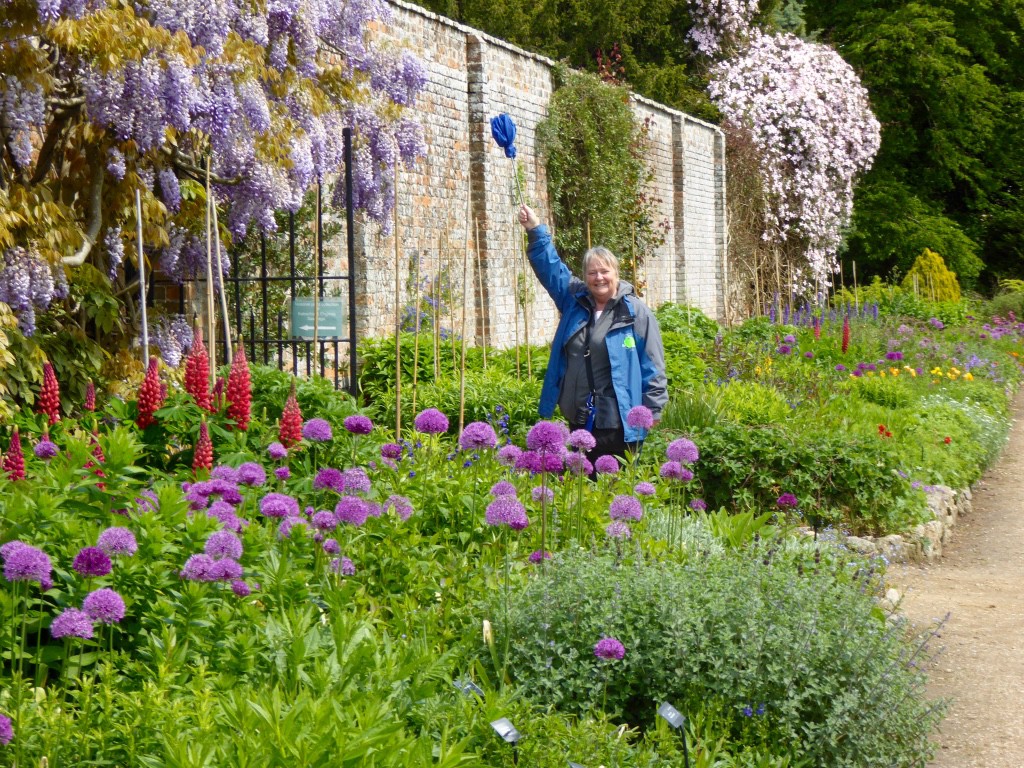
Our final stop for the day, and for the tour, was Kew Gardens where we were scheduled to have a guided tour and afternoon tea.
Some excellent driving through drenching rain by our driver, Tom, got us to the gate of the Royal Botanical Garden Kew to meet our guide who braved the rain to show us some of the notable trees and features.
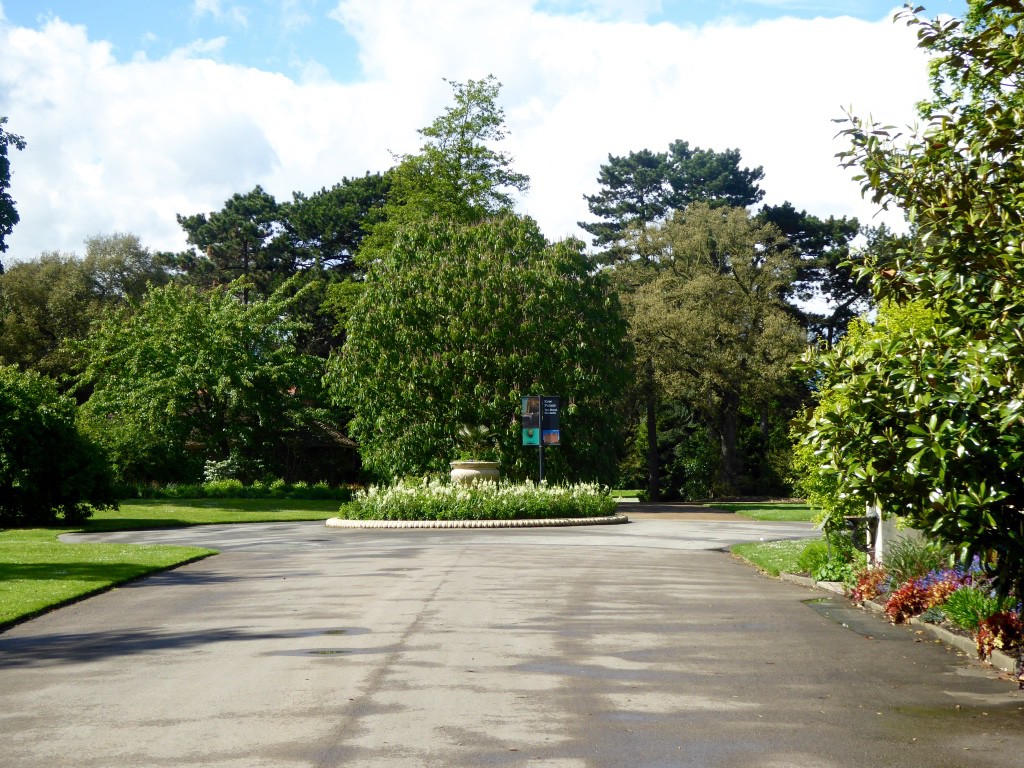
The origins of Kew Gardens can be traced to the merging of the royal estates of Richmond and Kew in 1772. In 1840 the gardens were adopted as a national botanical garden, in large part due to the efforts of the Royal Horticultural Society and its president William Cavendish. Under Kew’s director, William Hooker, the gardens were increased to 30 hectares (75 acres) and the pleasure grounds, or arboretum, extended to 109 hectares (270 acres), and later to its present size of 121 hectares (300 acres).
In passing we saw many of the attractions that, due to the inclement weather, we were destined not to visit.
Seen in the distance was the Chineses Pagoda, which was one of the jewels in the crown of Georgian London. It was so unusual that a suspicious public were unconvinced it would remain standing when it was built in 1762. Designed at the height of the 18th century craze for Chinoiserie, it tapers with successive floors from the first to the topmost being 1ft less (30 cm) in diameter and height than the preceding one.
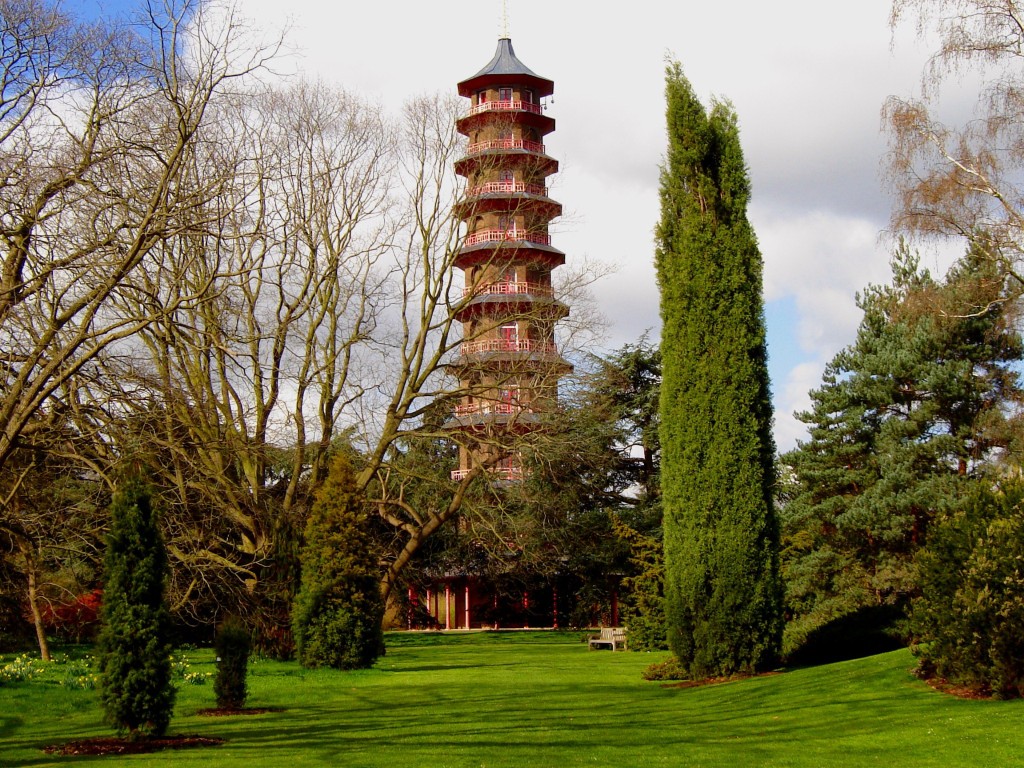
The original building was very colourful; the roofs being covered with varnished iron plates, with a dragon on each corner. There were 80 dragons in all, each carved from wood and gilded with real gold. The eye-catching dragons were the talk of the town for 20 years, before disappearing in the 1780s. They were rumoured to have been sold to pay for the Prince Regent’s debts. – however experts believe that, being made of wood simply rotted and were removed during the roof restoration.
The dragons are to be reinstated in the most comprehensive restoration of the Pagoda in its 257-year history, which is scheduled to be completed by 2017. A good time to revisit perhaps!
In passing we glimpsed The Palm House, which was built by architect Decimus Burton and iron-maker Richard Turner between 1844 and 1848, and was the first large-scale structural use of wrought iron. It is considered ” the world’s most important surviving Victorian glass and iron structure.” The structure’s panes of glass are all hand-blown.
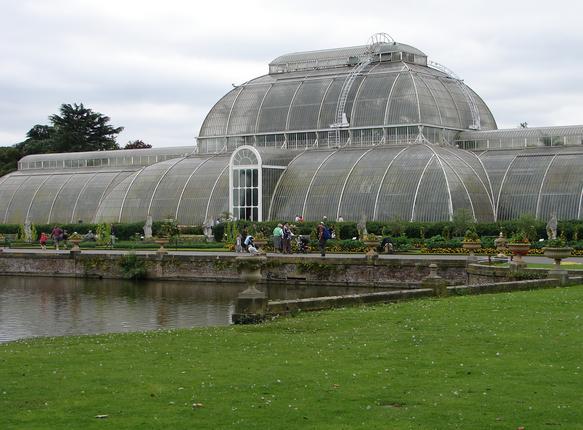
We also sighted the Temperate House, twice as large as the Palm House, which was built later in the 19th century. It is now the largest Victorian glasshouse in existence.
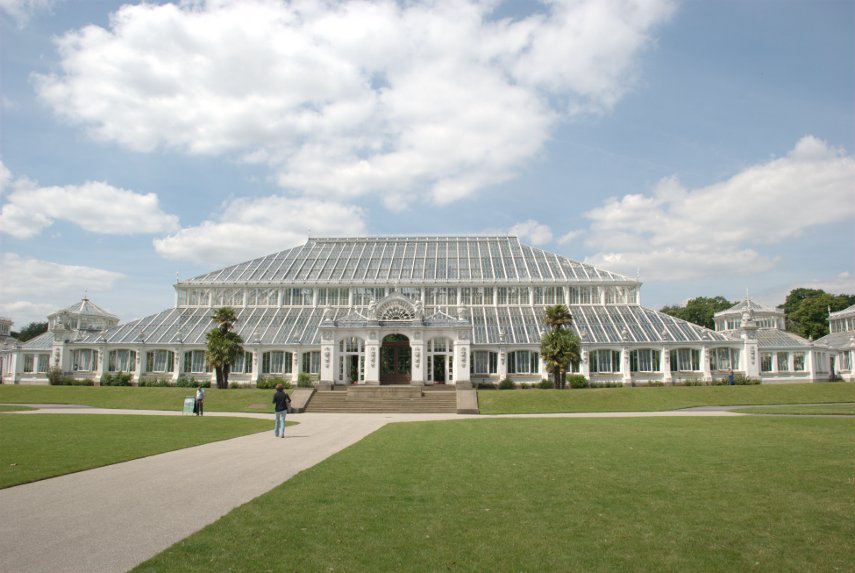
However we did manage to visit the Princess of Wales Conservatory, which was commissioned in 1982 to replace a group of 26 smaller buildings that were falling into disrepair. It was named after Princess Augusta, founder of Kew, and opened in 1987 by Diana, Princess of Wales. It is the most complex conservatory at Kew, containing ten computer-controlled climatic zones under one roof. It was also warm and dry!!
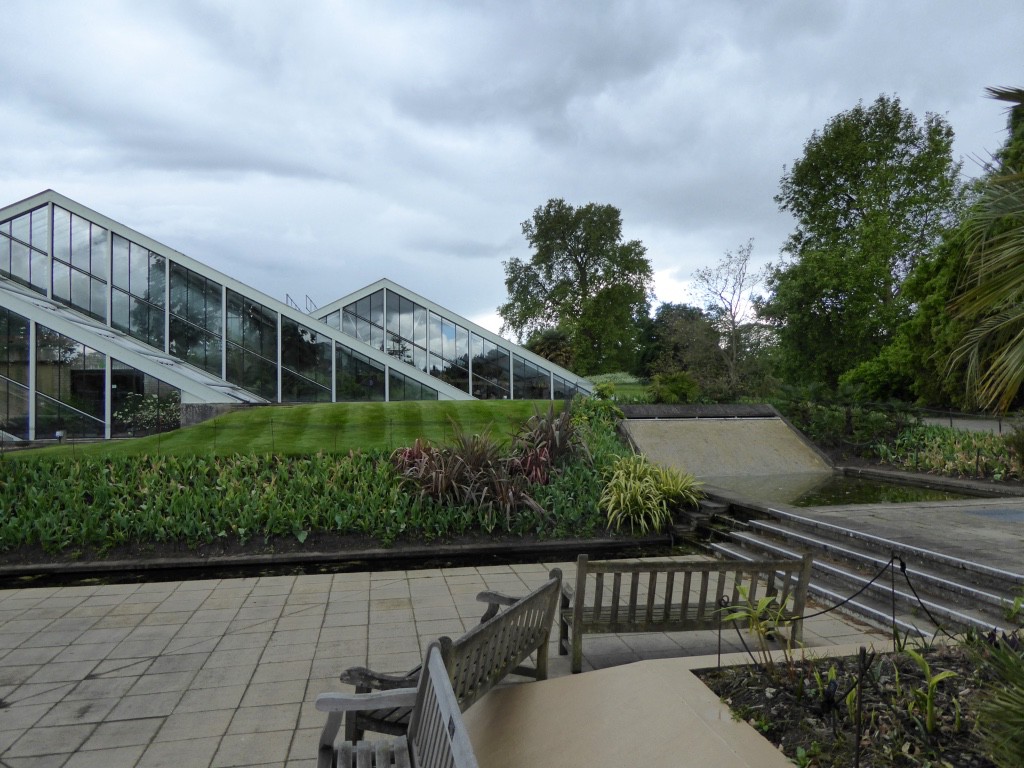
The two main climate zones are the ‘dry tropics’, representing the world’s warm, arid areas, and the ‘wet tropics’, housing moisture loving plants from ecosystems such as rainforests and mangrove swamps. The eight remaining microclimates include a seasonally dry zone containing desert and savanna plants, plus sections for carnivorous plants, ferns and orchids.
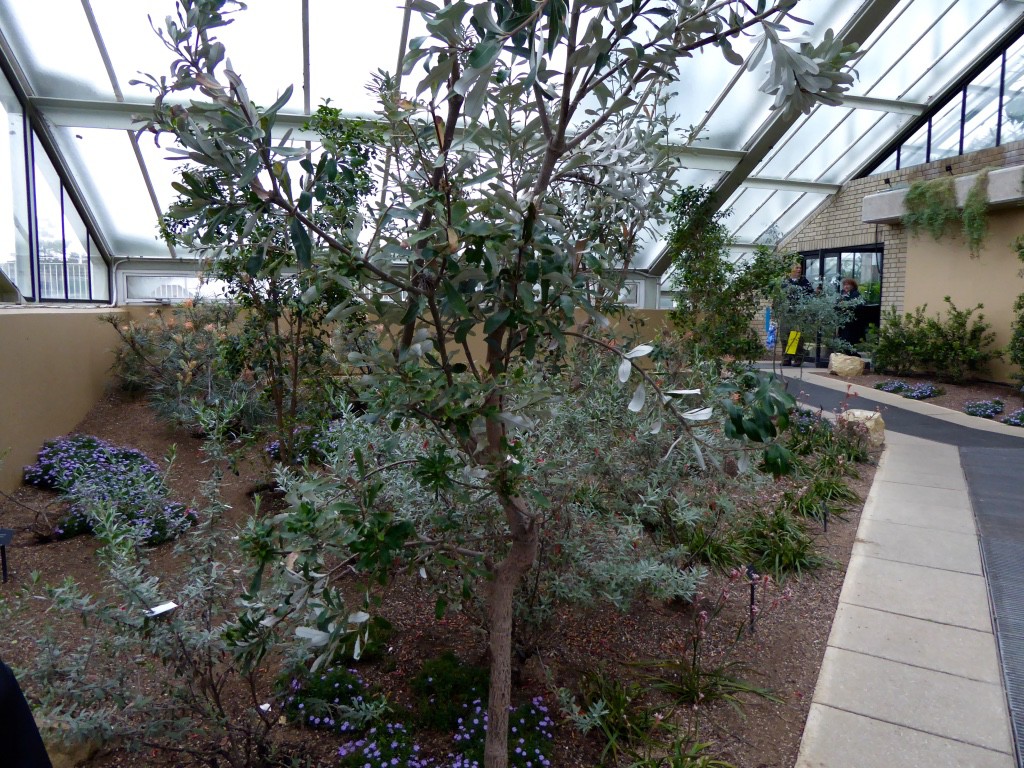
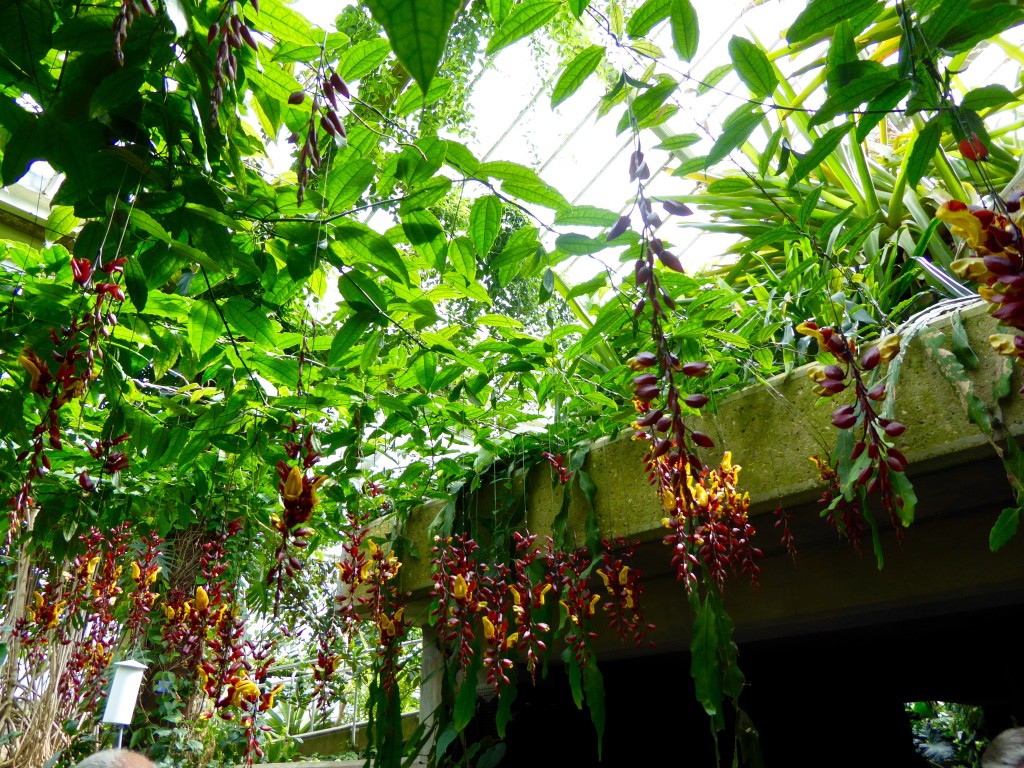
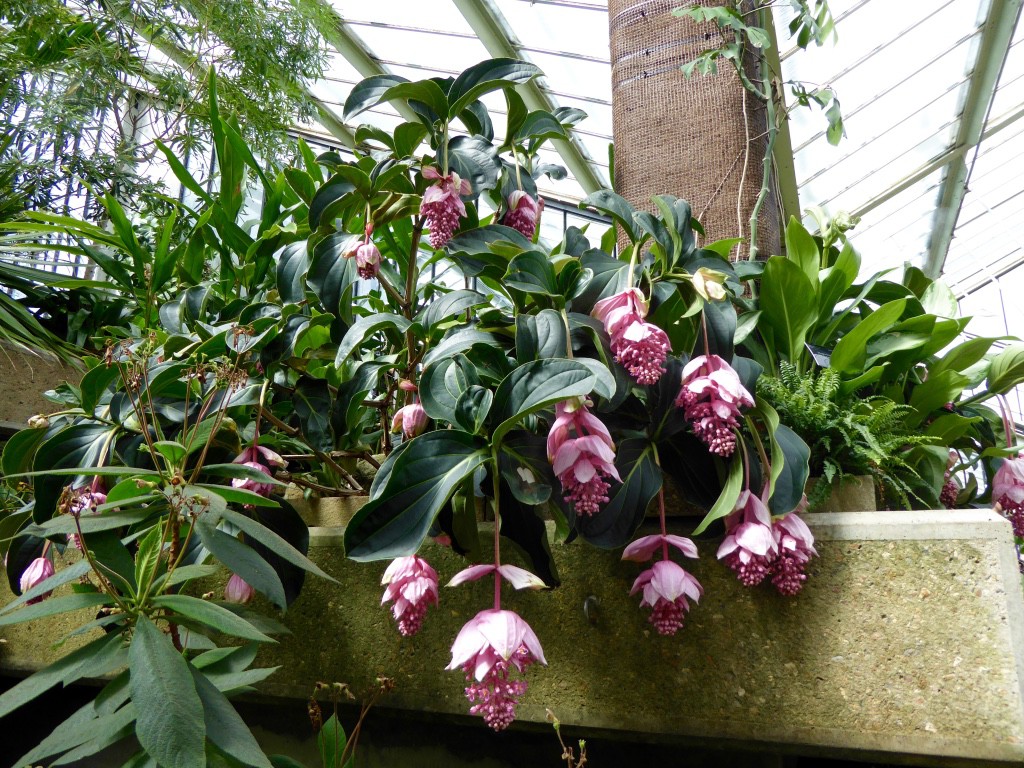
The southern end is heated more by the sun than the northern end, so this is where you find towering spikes of echiums and silver agaves from dry tropical regions such as the arid Canary Islands. The central area contains an elevated aquaria, complete with waterlily pond and the dangling roots of mangroves, plus displays of orchids and carnivorous plants. At the northern end are species from the moist tropics, including banana, pineapple, pepper and ginger. On the lower level, there are viewing windows so you can see the pond from a fish’s eye view.
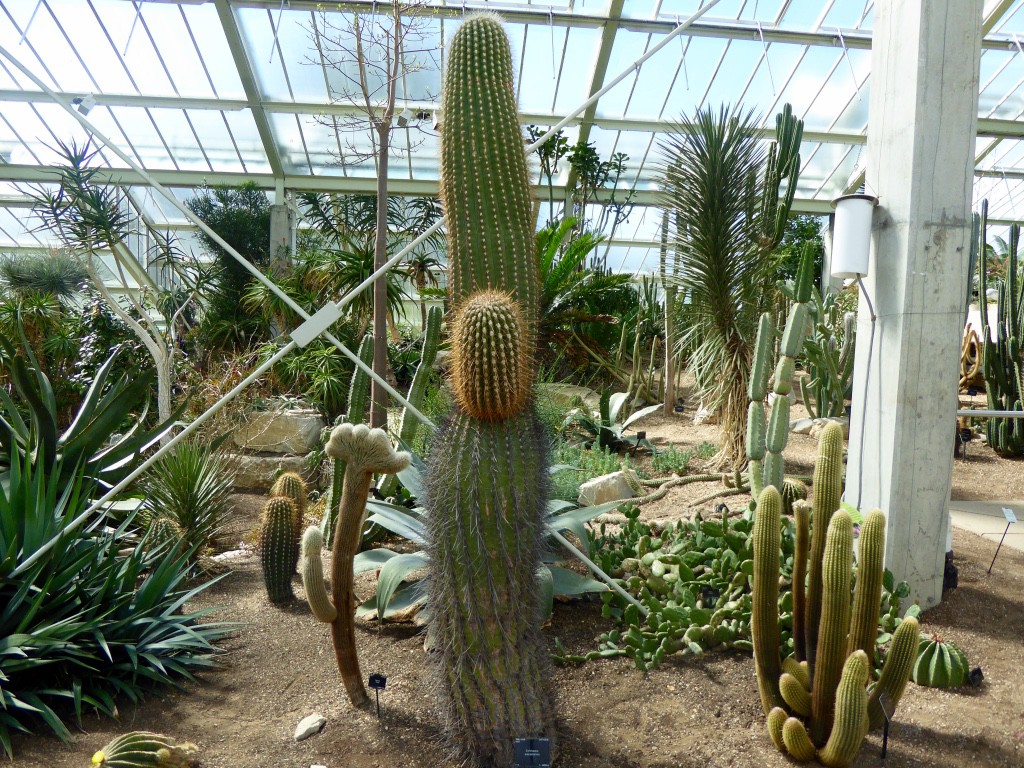
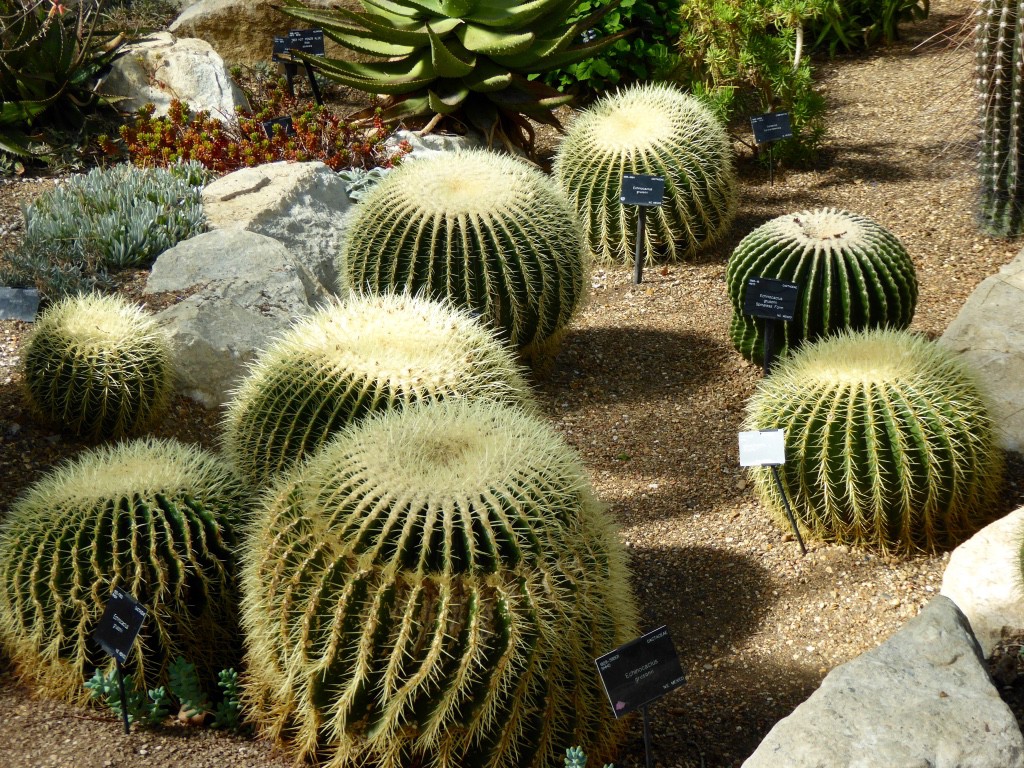
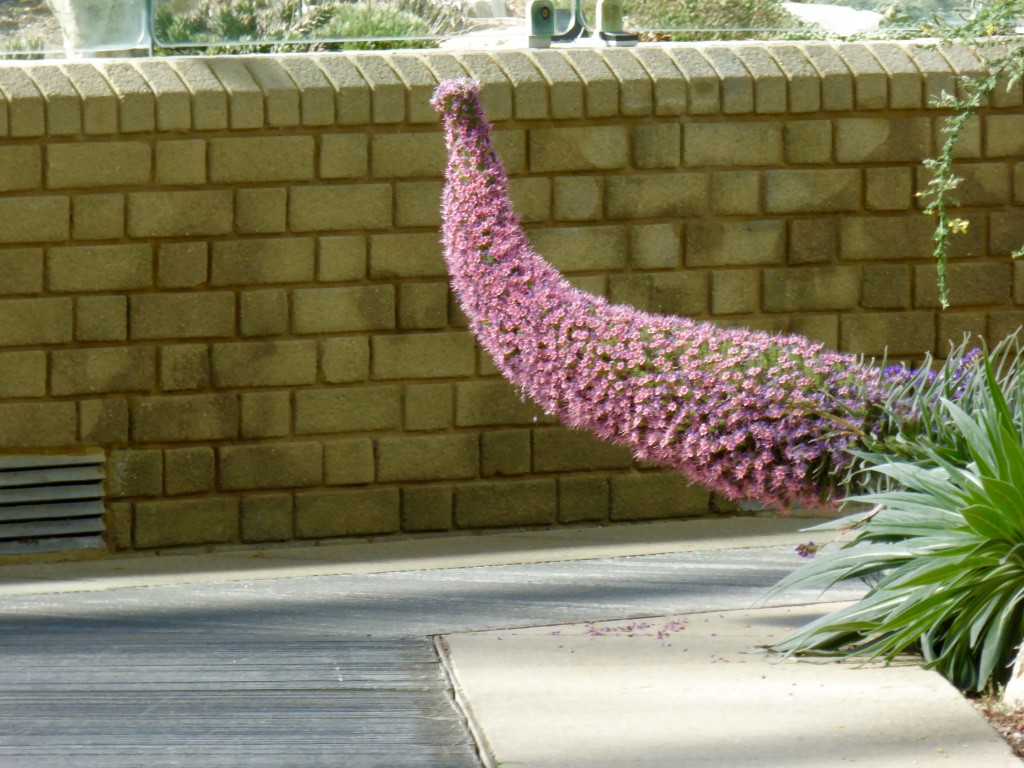
There is also a ‘time-capsule’ buried at the southern end of the conservatory. Sir David Attenborough placed it in the foundations there in 1985 as part of the World Wildlife Fund’s Plants Campaign. Containing seeds of basic food crops and endangered species, it is not due to be exhumed until 2085. By this time, many of the plants it contains may have become rare or extinct.
There are about nine water dragons that live and breed freely in Zone 1. They provide a natural means of controlling unwanted insects but tend to keep out of sight of visitors.
Whereas the Palm and Temperate Houses make grand statements with their designs, the low-lying, angular ‘glazed hill’ of the Princess of Wales house is less obtrusive. The conservatory was designed to be energy-efficient and easy to maintain and was built partly underground.
The pond within the aquaria section contains the Asian form of the giant waterlily Euryale ferox. This plant has huge leaves that can span two metres and are strong enough to take the weight of baby without sinking
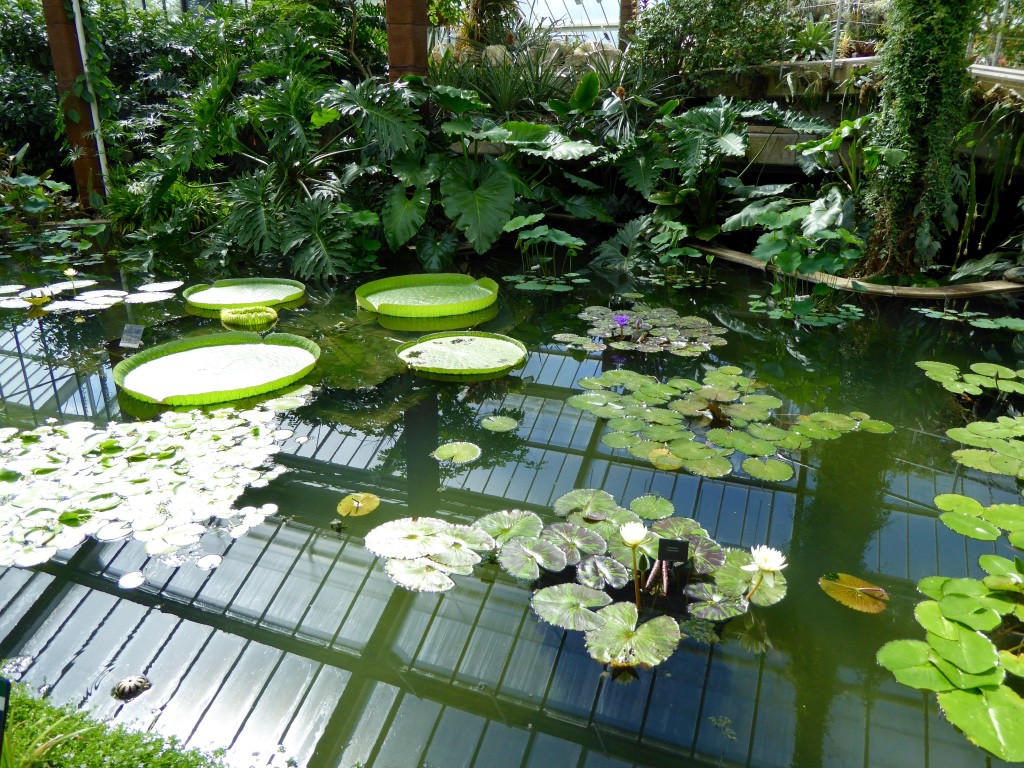
Our tour finished with a sumptuous afternoon tea in The Orangery. As its name suggests, the Orangery was designed as a hothouse to grow citrus plants.
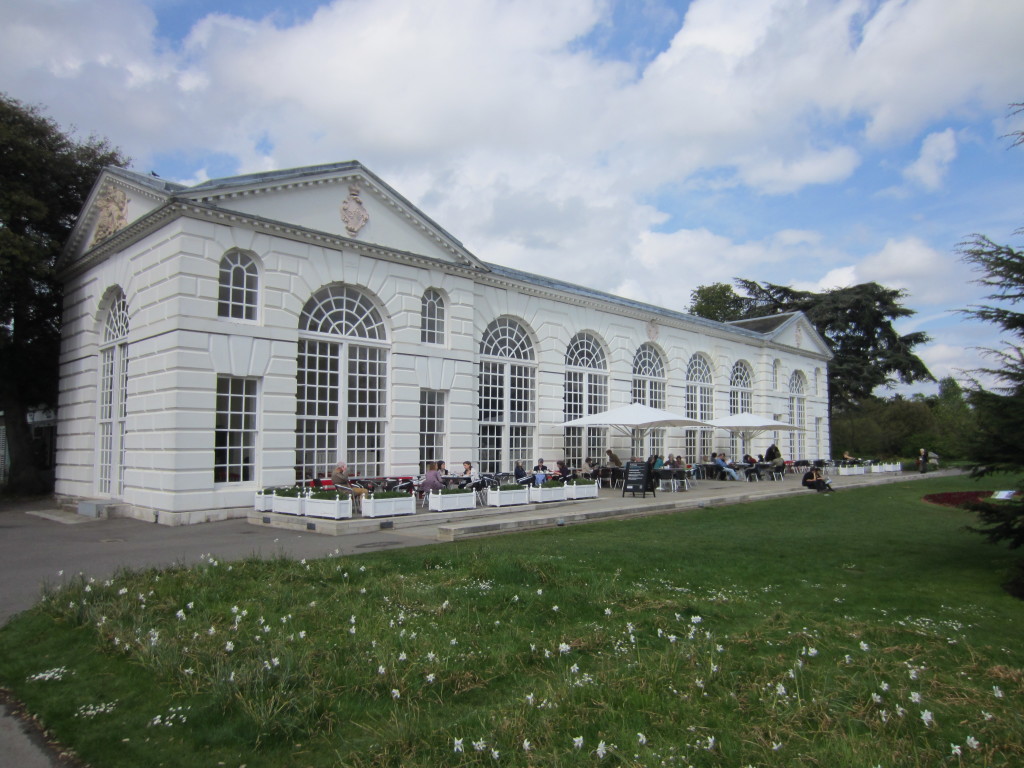
The building was originally designed by William Chambers who was employed by Kew founder Princess Augusta as an architect for the Gardens and a tutor to her son (the future King George III). He completed the Orangery in 1761. Built of brick and coated in durable stucco, it is the largest classical style building in the Gardens.
Low levels of light made it unsuitable for the growing of citrus and in 1841 the building’s ailing orange trees were shifted to Kensington Palace. Large glazed doors at either end of the Orangery to improve its effectiveness and it was used to house plants too big for other glasshouses.
The Orangery was converted to a tea room in 1989. It was adapted again in 2002 to its present use as a restaurant. The building is now an airy and elegant eatery. Outside of normal opening hours it is used to host corporate or special-occasion dinners.
The coat of arms above the central bay of the façade is that of Princess Augusta, founder of the Garden. This detail was added in the 1840s, along with the royal coat of arms.
In these elegant surroundings we partook of cakes, scones and cucumber sandwiches, exchanged stories and highlights and farewelled all those except our fellow Australians and adopted Canadian, who we organized to meet for lunch the next day at Chelsea
